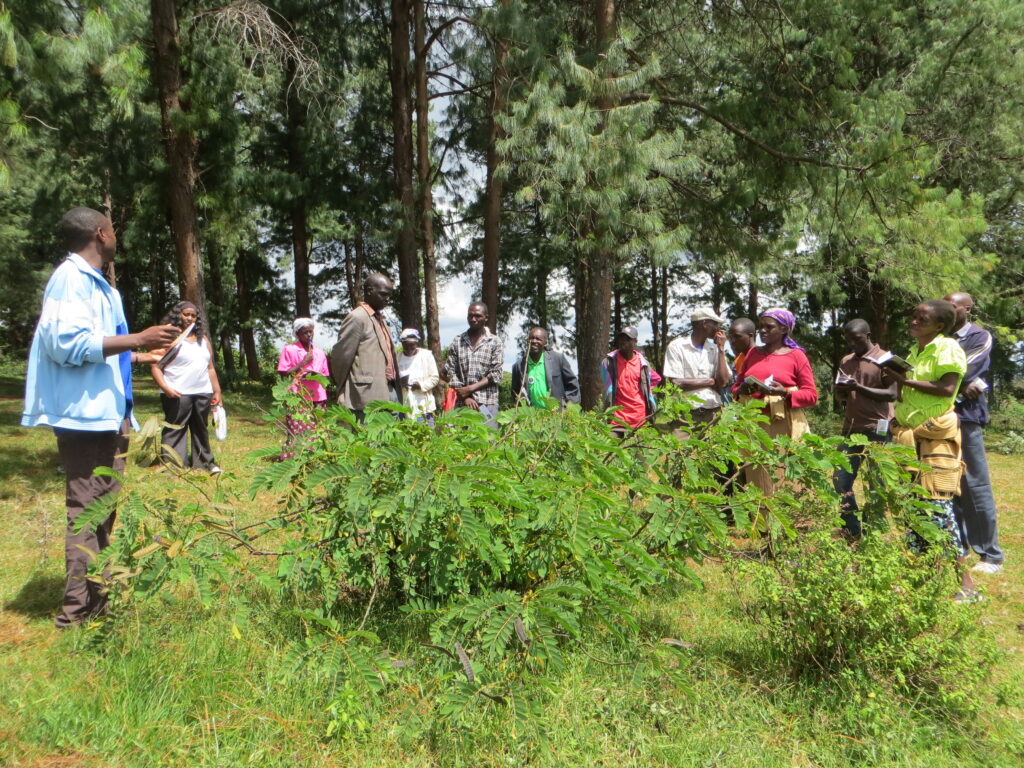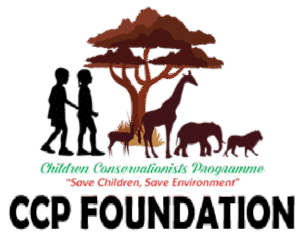- +256776839288 | +256783092497
- info@childrenconservationists.org | vincentchildrenconservationist@gmail.com
- P.O Box 29795, Kampala Bwebajja Building
CCP Education ProgramMentor a child to protect the threatened National Parks and Wildlife Reserves
Save Children Save Environment

CCP EDUCATION PROGRAM
In the framework of promoting conservation of national parks and wildlife reserves through
empowerment and educational support of children that live in the borderlines of protected
areas, CCP has made a step of establishing schools in the remote areas of Uganda and
Rwanda targeting the vulnerable children that live in the borderlines of protected areas.
This is intended to strengthen and promote education and in the long run enhance
conservation of these vital resources. CCP believes that conserving of the national parks and
wildlife reserves is extremely important, and that the power of education can make a big
difference to reduce the overdependence of communities on the national parks and wildlife
reserves. The right approach is to conserve wildlife while changing the lives of the
vulnerable children around these resources through education support. We are therefore
doing this in line with our slogan “Mentor a child to protect the threatened National parks
and Wildlife reserves”.
Objective: The main objective is to promote education and reduce illiteracy levels, with a particular outreach to the most vulnerable children in Uganda and Rwanda.
Vision: Empowering communities through education
Impact: Illiteracy levels in rural communities reduced
Overview
Investing in education develops the resilience of Africa’s communities and their surrounding natural resources.
Rural children are being left behind. Across the continent, rural areas are often home to some of Africa’s most marginalized communities — and some of its most precious natural resources.
In sub-Saharan Africa over one-fifth of children between the ages of 6 and 11 are not in school — the highest rate anywhere in the world. Disparities between male and female students are vast. Nine million girls in that age group will never attend school, and the figure for boys — while lower — still stands at a shocking 6 million.
Without a quality education and the foundation for a sustainable future, these children are more likely to use natural resources for their future livelihoods and engage in activities that are detrimental to wildlife and wild lands. However, an early awareness of nature’s contributions to a prosperous life can empower Uganda’s youth to pursue successful livelihoods that are not reliant on the unsustainable use of the environment.
Challenges
Many rural children do not understand the value of wildlife and natural resources near them.
Although many rural African children have lived near wildlife their entire lives, few have the chance to experience the majesty of an elephant, zebra, or lion in protected areas. These species are often considered to be threats or pests and even killed when they cross human settlement or farmland — with some rural homesteads encroaching wildlife corridors, the risk is ever-present. Without access to a comprehensive education curriculum, which includes conservation values, these children often grow up forced to exploit the resources around them to survive.
Low investment in rural school systems and teaching capacity.
While an increase in enrollment at primary and secondary schools means that more children are gaining access to education, many governments are struggling to meet this demand. Not only are school facilities and amenities strained to accommodate the growth, but teaching staff is also stretched thin. Ultimately student performance suffers, slimming the chances of young people progressing in their education and going on to seek employment in the modern economy.
Solutions
Supporting education to foster long-term biodiversity protection:
Building quality primary schools in landscapes with high conservation value.
Where communities have collaborated with CHILDREN CONSERVATIONISTS PROGRAMME to minimize threats like habitat loss and bushmeat hunting, for example, CCP’s Education program targets to build new primary school facilities in return for their conservation commitment. The program brings high-quality education to some of Uganda and Rwanda’s most remote villages, boosting student enrollment and performance, as well as teacher morale. Across our four schools in Uganda, we target to enroll at least 500 new students every year. our conservation impact in biodiversity hotspots will continue to grow.
Embedding conservation and environmental education into learning activities.
In addition to the upgrading and rebuilding school facilities, CCP’s Classroom Africa program ensures that students receive a well-rounded education that also fosters conservation. Teachers are trained to deliver learning activities, both inside and outside the classroom, that build student awareness of their immediate environment as well as wider conservation issues. Regular field trips into the national parks and reserves that they live next to but rarely visit afford learners firsthand knowledge in the value of protecting their wildlife resources. Since Classroom Africa introduced conservation education, the students even concentrate of conservation oriented activities like making eco-friendly crafts etc.
Attracting the best teachers.
Like top schools, the brightest schoolteachers also tend to be located in urban areas. To change the paradigm, CCP is committed to attracting star teachers by building school-adjacent teacher housing. We also offer continuing education and professional development opportunities, as well as access to technology to ensure that both teachers and students benefit from the latest tools and techniques in education.

Over the years, biodiversity-rich landscapes with a Classroom Africa school have recorded a reduction in the unsustainable use of natural resources and land clearance. Villagers even helped construct the Classroom Africa school deep in the indigenous forests of Uganda, where unplanned land conversion for agriculture is shrinking wildlife habitats and the bush meat trade drives illegal hunting. Apart from boosting the enrollment rate of students — who come from five villages in a 23-kilometer radius — performance has also improved since CCP began supporting the school, with 95 percent passing their primary school exit exams marking the school’s highest rate yet.




Conservation Mentorship Training Programme

Under this programme Children Conservationists sponsor vulnerable children and the youth who live in conservation surroundings or their vicinity to undertake education. Supporting the children and the youth to undertake education relieves biodiversity stress that would be exerted on the environment if they were unable to access education and they rely on it for their livelihood. Major focus for the youth education support is focused on providing funding and scholastic for school going children around the National Parks of Uganda and Rwanda.The Children Conservationists Education and empowerment programmes allow children to experience nature up close. By providing opportunities to explore natural habitats, children will be able to connect to the plants and animals that live in their area. Students who learn through hands-on outdoor lessons better retain and understand scientific concepts. Our hope is that these early experiences with nature will inspire them to become supporters and stewards of the environment as they grow into adults and become parents themselves.

SUMMARY OF EDUCATION SUPPORT PROGRAMME ACTIVITIES.
- Provide school fees (conservation scholarships)
- Provide conservation customized scholastic materials.
- Provide education teacher awards.
- Support nature learning walks
- Support biodiversity learning trips.






